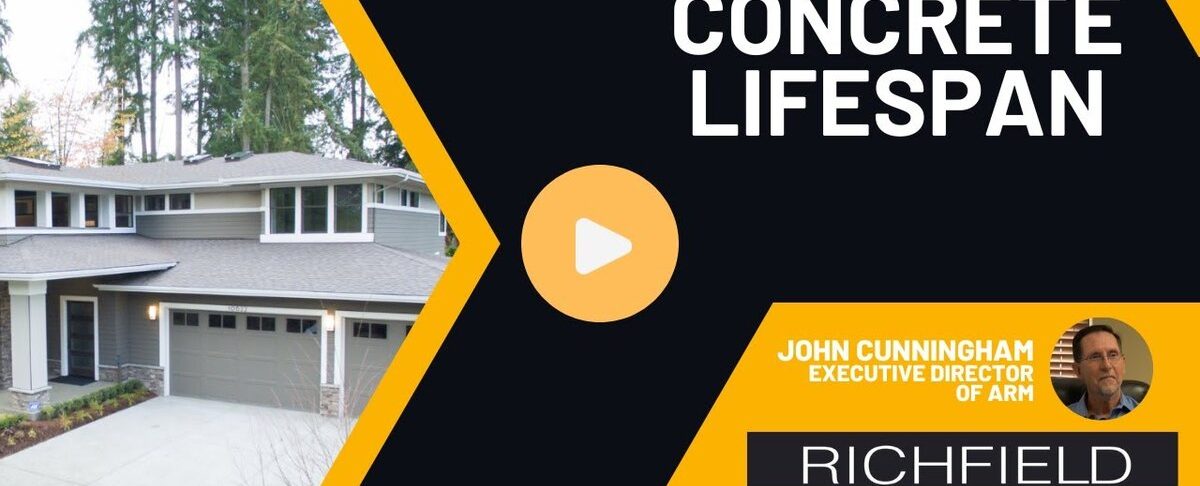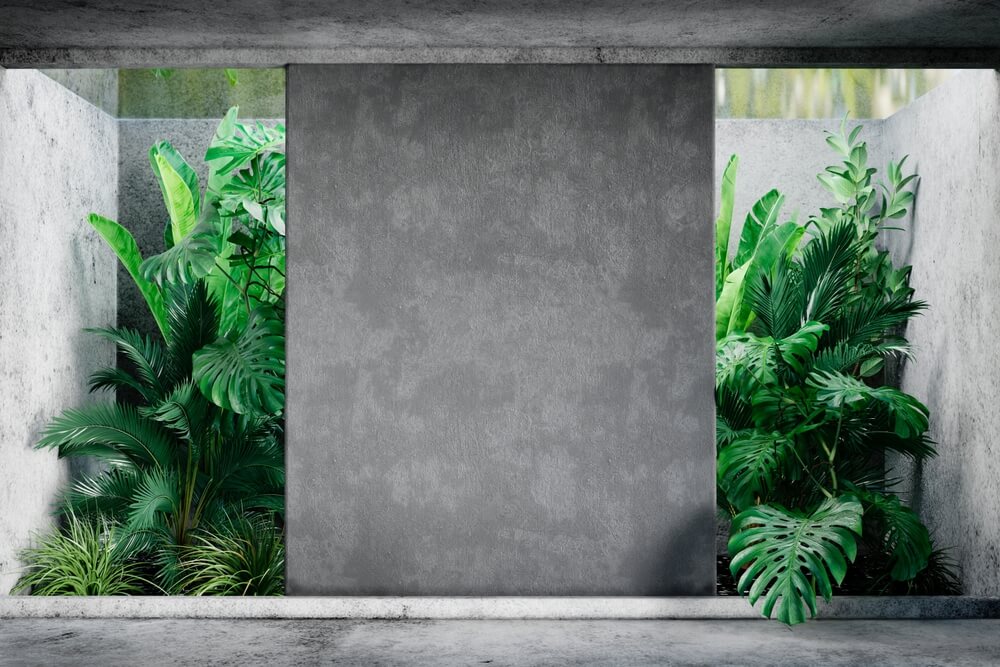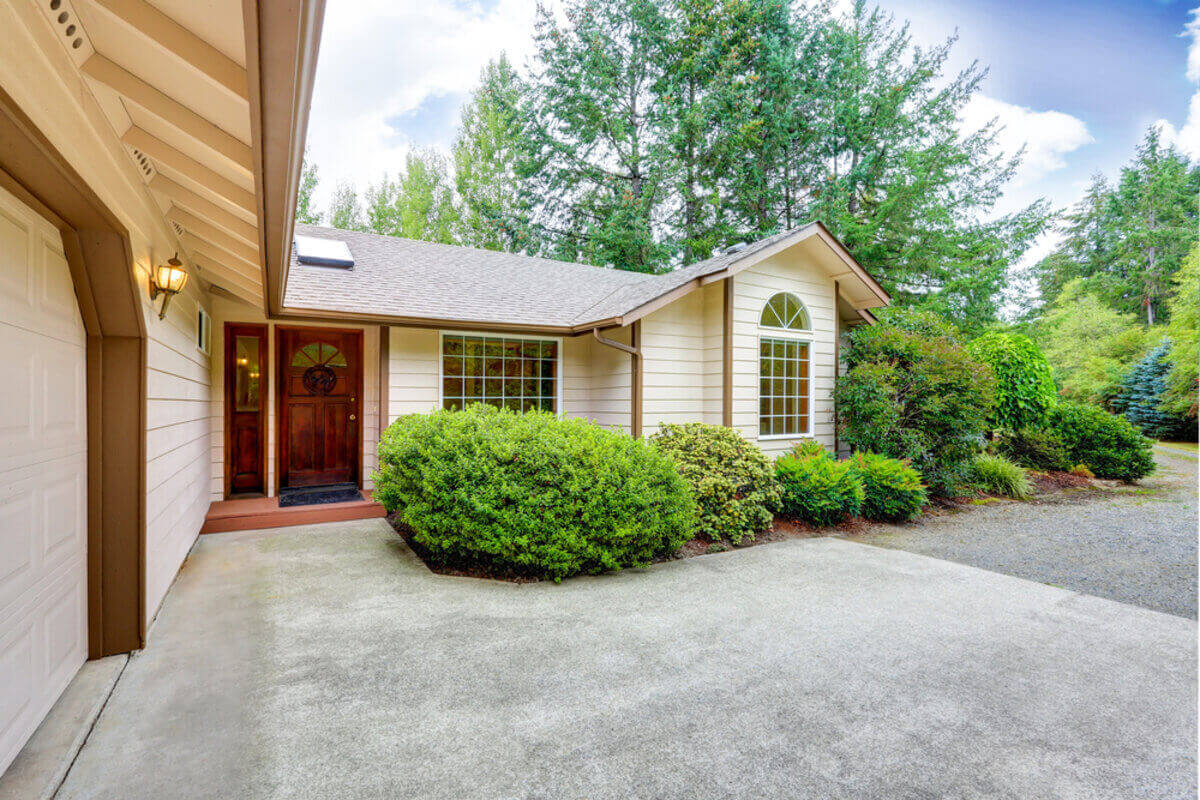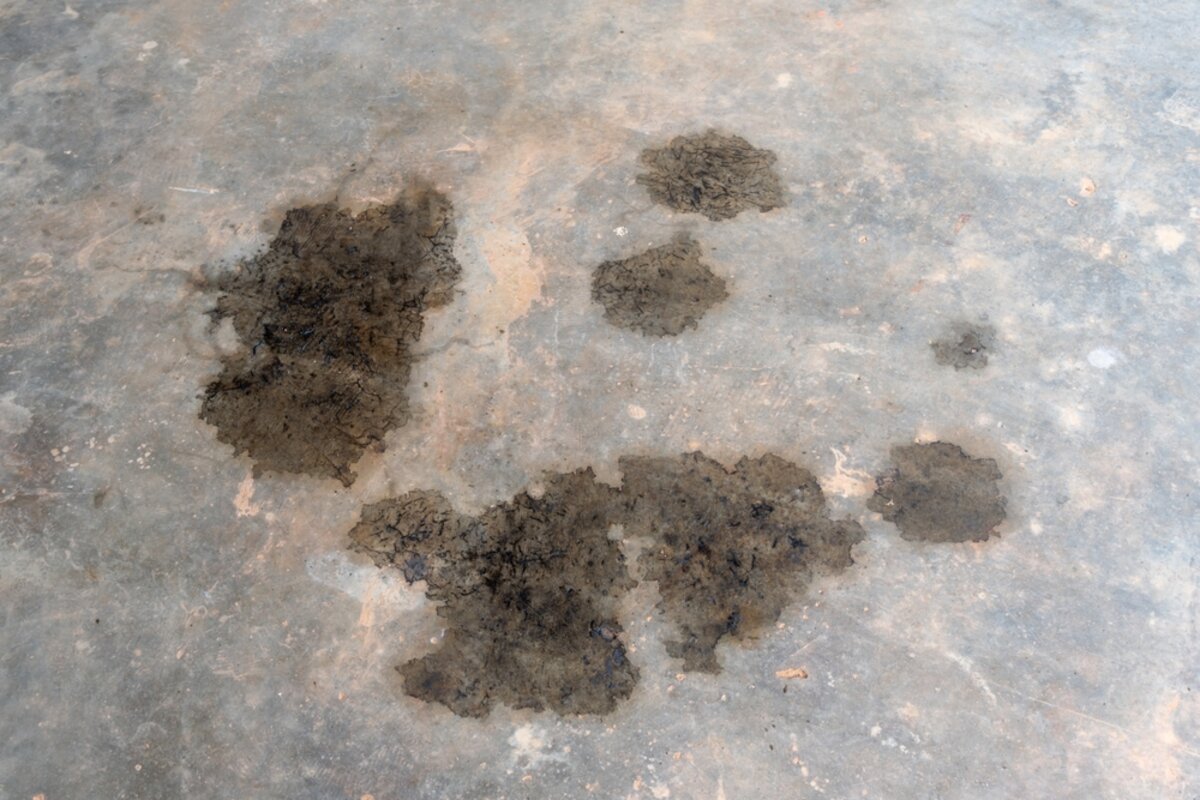Concrete is one of the most enduring materials humanity has ever created. It’s been used for everything from ancient aqueducts to modern skyscrapers. When built to standard specifications, concrete structures can last for an incredibly long time. But how long does concrete really last? In this article, we delve into the factors that affect concrete longevity, its history, and how it’s designed to meet different durability requirements.
The Romans and Their Infrastructure
When it comes to ancient engineering marvels, few societies are as venerated as the Romans. The Colosseum, for example, has stood for almost two millennia, primarily made from concrete. Roman aqueducts, also constructed from this versatile material, have stood the test of time as well. These structures offer empirical evidence that concrete can last for centuries if appropriately designed and maintained.
So what made Roman concrete so durable? The mixture used by Roman engineers often included volcanic ash, lime, and seawater, along with a rocky aggregate. This combination led to a type of concrete that could resist the elements, including the corrosive effects of seawater. While we may not use the exact same formula today, we have borrowed some lessons from these ancient techniques to create long-lasting structures.
How Long Is Concrete Designed to Last Today?
In modern construction, concrete is typically designed to last between 20 to 30 years at a minimum. However, that doesn’t mean it can’t be made to endure for much longer periods. From buildings and bridges to driveways, sidewalks, and patios, these infrastructures can be designed with a durability that far exceeds the standard, depending on the requirements of the project.
One significant advancement in modern concrete technology is the use of reinforcing materials like steel and fiberglass rods. This adds tensile strength to the concrete, making it even more durable and extending its lifespan. In addition, additives and treatments can improve its resistance to environmental factors like freeze-thaw cycles, chemical exposure, and mechanical wear.
Factors Affecting the Longevity of Concrete
Though concrete is a highly durable material, its longevity can be influenced by several factors:
- Quality of Materials: The durability of the concrete mix depends on the quality of the cement, aggregates, and other additives used.
- Construction Techniques: Poorly mixed or improperly cured concrete can result in a less durable structure.
- Environmental Conditions: Exposure to harsh weather, chemicals, road salts, or mechanical stress can accelerate the degradation of concrete over time.
Concrete Longevity: Does One Size Fit All?
Given that concrete can be designed for almost any length of time, its longevity is not a one-size-fits-all situation. Special formulations can be created for particular purposes. For example, concrete used in the construction of nuclear facilities has a much higher standard for longevity and durability than that used in a garden pathway.
Conclusion

While we often take concrete for granted, understanding its capacity for longevity is essential for sustainable construction practices. Whether it’s borrowing lessons from ancient Roman engineering or harnessing modern technology, the goal remains the same: to create concrete structures that meet our needs for durability and longevity.
And so, while concrete is typically designed to last for a few decades, with the right materials, techniques, and care, its life can be extended far beyond that, serving as the bedrock for the infrastructure of tomorrow. Contact Richfield Concrete today to learn more about how long concrete lasts.









